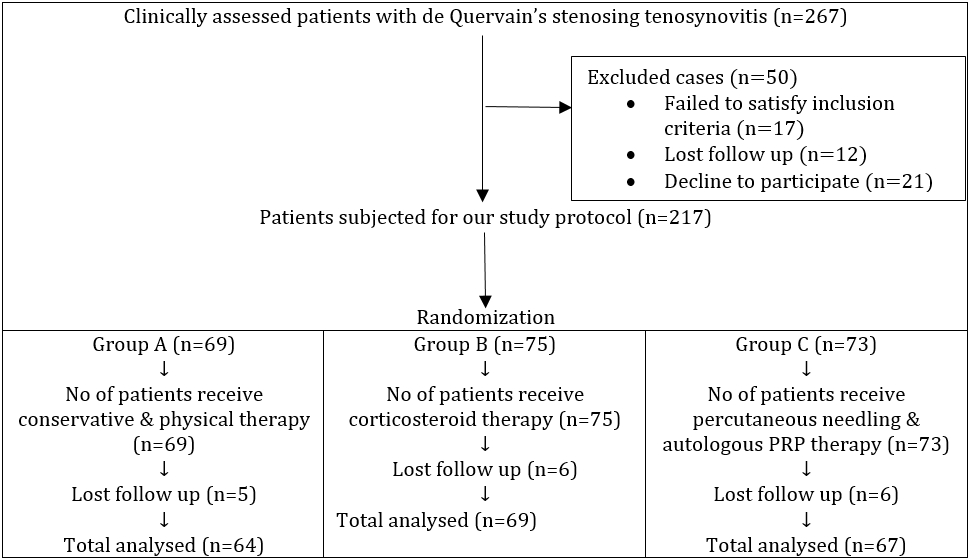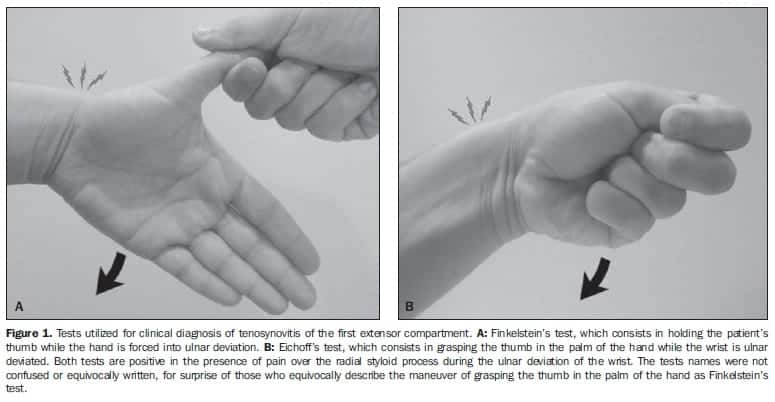De Quervain’s Tenosynovitis, often abbreviated as DQT, is a condition that affects the tendons on the thumb side of the wrist. It is characterized by pain and swelling due to inflammation of the tendons and their surrounding sheaths. This article delves into the causes, symptoms, diagnosis, and treatment options for this common yet often misunderstood condition.

Understanding De Quervain’s Tenosynovitis
De Quervain’s Tenosynovitis occurs when the tendons responsible for moving the thumb become irritated or constricted. These tendons run through a narrow tunnel on the wrist called the first dorsal compartment. When this area becomes inflamed, it leads to discomfort and restricted movement. Understanding the anatomy of the wrist and thumb can provide clarity on why this condition develops.
The Role of Tendons in Thumb Movement
- Tendons are strong, fibrous cords that connect muscles to bones.
- In the thumb, two primary tendons—the abductor pollicis longus and the extensor pollicis brevis—work together to allow movement.
- These tendons pass through a sheath that helps them glide smoothly during motion.
When the sheath becomes inflamed, the tendons cannot move freely, leading to pain and dysfunction.
Causes of De Quervain’s Tenosynovitis
Several factors can contribute to the development of this condition. While the exact cause may vary from person to person, some common triggers include repetitive movements, injuries, and underlying health conditions.
Repetitive Hand and Wrist Movements
Activities that involve repeated hand and wrist motions can strain the tendons. Examples include:
- Lifting and carrying heavy objects.
- Gripping tools or devices for extended periods.
- Playing sports like tennis or golf.
- Texting or typing frequently on smartphones or computers.
Over time, these repetitive actions can irritate the tendon sheath, leading to inflammation.
Injury or Trauma
A direct injury to the wrist or thumb can also trigger this condition. Falls, accidents, or even minor sprains can damage the tendon sheath, causing it to swell. In some cases, scar tissue from previous injuries may restrict tendon movement, increasing the risk of inflammation.
Underlying Health Conditions
Certain medical conditions can predispose individuals to this condition. These include:
- Rheumatoid arthritis, which causes joint inflammation.
- Diabetes, which can affect tendon health.
- Hormonal changes, particularly during pregnancy or menopause.
People with these conditions should be mindful of any early signs of discomfort in the thumb or wrist area.
Symptoms of De Quervain’s Tenosynovitis
The symptoms of this condition can range from mild to severe and often worsen over time if left untreated. Recognizing these signs early can help prevent further complications.
Pain Along the Thumb Side of the Wrist
The most common symptom is pain near the base of the thumb. This discomfort may extend up the forearm and is often described as a sharp or burning sensation. The pain typically worsens with movement, especially when gripping, pinching, or twisting the wrist.
Swelling and Tenderness
Swelling along the thumb side of the wrist is another hallmark of this condition. The affected area may feel tender to the touch, and a small bump or nodule might develop over the inflamed tendons.
Difficulty Moving the Thumb
As the condition progresses, individuals may find it challenging to move their thumb freely. Simple tasks like opening jars, turning doorknobs, or holding objects can become painful and difficult.
A Snapping or Clicking Sensation
Some people experience a snapping or clicking sound when moving their thumb. This occurs because the inflamed tendons are not gliding smoothly within their sheath.
Diagnosing De Quervain’s Tenosynovitis
Diagnosing this condition typically involves a physical examination and a review of the patient’s medical history. In some cases, additional tests may be required to rule out other potential causes of wrist pain.
The Finkelstein Test
One of the most reliable diagnostic tools is the Finkelstein test. During this procedure:
- The patient makes a fist with their thumb tucked inside their fingers.
- The wrist is then bent toward the little finger side.
- If this motion causes significant pain on the thumb side of the wrist, it indicates a positive result for the condition.
This simple test helps healthcare providers confirm the diagnosis quickly.
Medical History and Physical Examination
Doctors will ask about the onset and duration of symptoms, as well as any activities or injuries that may have contributed to the condition. They will also examine the wrist and thumb for signs of swelling, tenderness, and restricted movement.
Imaging Tests
In rare cases, imaging tests such as X-rays, ultrasound, or magnetic resonance imaging may be ordered. These tests help rule out fractures, arthritis, or other conditions that mimic the symptoms of this tendon disorder.
Treatment Options for De Quervain’s Tenosynovitis
The treatment approach depends on the severity of the condition and the individual’s response to initial therapies. Most cases can be managed effectively with conservative measures, while more severe cases may require surgical intervention.
Rest and Activity Modification
One of the first steps in managing this condition is to rest the affected wrist and thumb. Avoiding activities that exacerbate the symptoms allows the tendons to heal. Using ergonomic tools or modifying daily tasks can also reduce strain on the tendons.
Ice Therapy
Applying ice packs to the affected area several times a day can help reduce swelling and alleviate pain. Ice therapy is particularly effective during the acute phase of the condition.
Medications
Over-the-counter nonsteroidal anti-inflammatory drugs, such as ibuprofen or naproxen, can relieve pain and reduce inflammation. In some cases, doctors may prescribe stronger medications if the symptoms persist.
Splinting or Bracing
Wearing a splint or brace immobilizes the thumb and wrist, allowing the tendons to rest and heal. Splints are typically worn for several weeks and are especially beneficial during nighttime to prevent unconscious movements.
Physical Therapy
Physical therapy exercises can improve flexibility and strength in the wrist and thumb. A therapist may recommend gentle stretching and strengthening routines tailored to the individual’s needs.
Corticosteroid Injections
For persistent cases, corticosteroid injections may be administered directly into the tendon sheath. These injections can significantly reduce inflammation and provide long-lasting relief. However, they are usually limited to a few sessions to avoid potential side effects.
Surgical Intervention
If conservative treatments fail to resolve the condition, surgery may be considered. During the procedure, the surgeon makes an incision to release the tight tendon sheath, allowing the tendons to move freely. Surgery is typically performed on an outpatient basis and has a high success rate.
Post-Surgical Care
After surgery, patients are advised to follow a rehabilitation program to restore full function to the thumb and wrist. This may include physical therapy, gradual resumption of activities, and regular follow-up appointments with the surgeon.
Preventing De Quervain’s Tenosynovitis
While not all cases can be prevented, adopting certain habits can reduce the risk of developing this condition. These include:
- Taking frequent breaks during repetitive tasks.
- Using proper ergonomics when working at a desk or using handheld devices.
- Strengthening the wrist and thumb muscles through targeted exercises.
- Seeking prompt treatment for any wrist or thumb injuries.
By being proactive about hand and wrist health, individuals can minimize their chances of experiencing this painful condition.





